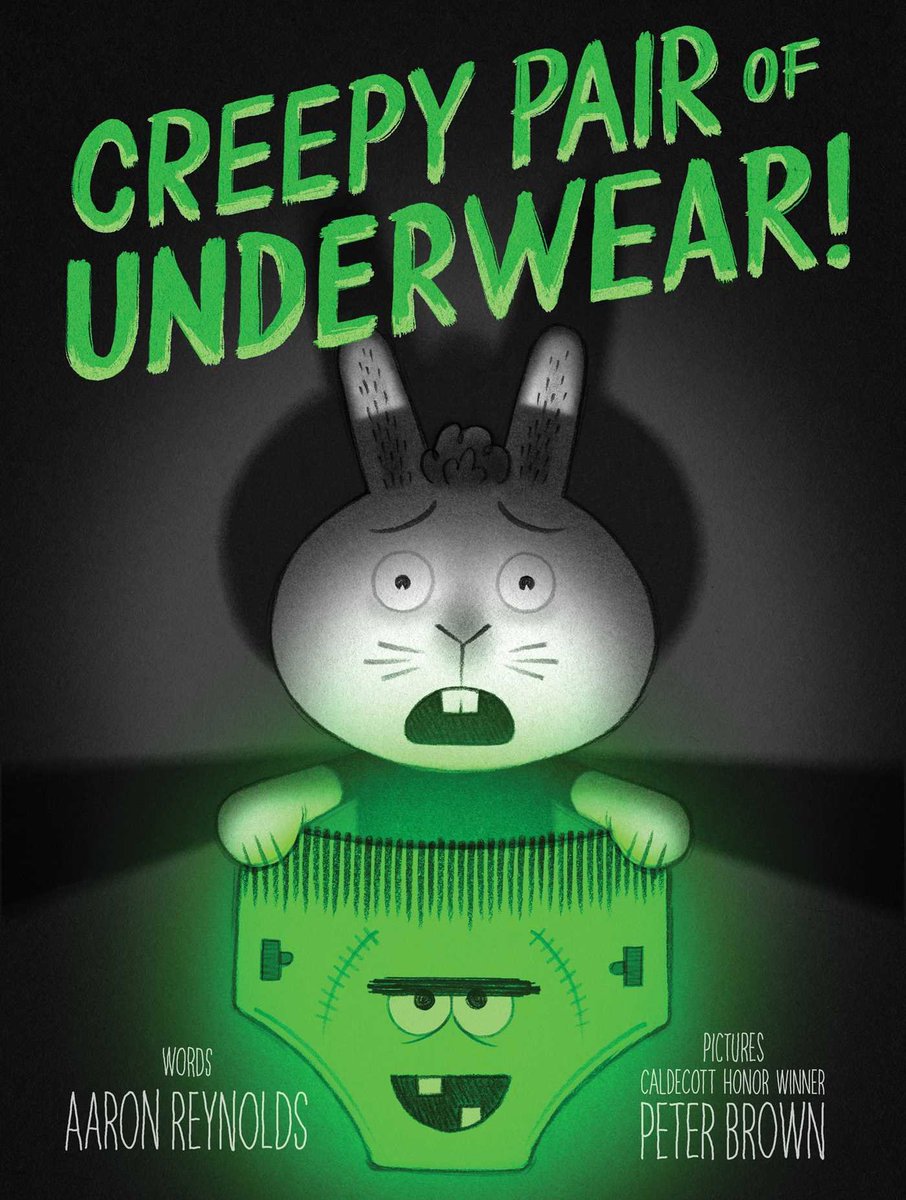

It is three-legged, and so a “wonky donkey” that, on further examination, has but one eye and so is a “winky wonky donkey” with a taste for country music and therefore a “honky-tonky winky wonky donkey,” and so on to a final characterization as a “spunky hanky-panky cranky stinky-dinky lanky honky-tonky winky wonky donkey.” A free musical recording (of this version, anyway-the author’s website hints at an adults-only version of the song) is available from the publisher and elsewhere online. In the song, Smith meets a donkey on the road. The print version of a knee-slapping cumulative ditty.


Brown goes all in to match with a grayscale palette for everything but the purple crayon-a callback to black-and-white sci-fi thrillers as much as a visual cue for nascent horror readers. Reynolds’ text might as well be a Rod Serling monologue for its perfectly paced foreboding and unsettling tension, both gentled by lightly ominous humor. As guilt-ridden Jasper receives accolade after accolade for grades and work that aren’t his, the crayon becomes more and more possessive of Jasper’s attention and affection, and it is only when Jasper cannot take it anymore that he discovers just what he’s gotten himself into. Jasper is only a little creeped out until the crayon changes his art-the one area where Jasper excels-into something better. When he faces a math quiz after skipping his homework, the crayon aces it for him. When Jasper watches TV instead of studying, he misspells every word on his spelling test, but the crayon seems to know the answers, and when he uses the crayon to write, he can spell them all. Jasper is flunking everything except art and is desperate for help when he finds the crayon. When a young rabbit who’s struggling in school finds a helpful crayon, everything is suddenly perfect-until it isn’t.


 0 kommentar(er)
0 kommentar(er)
